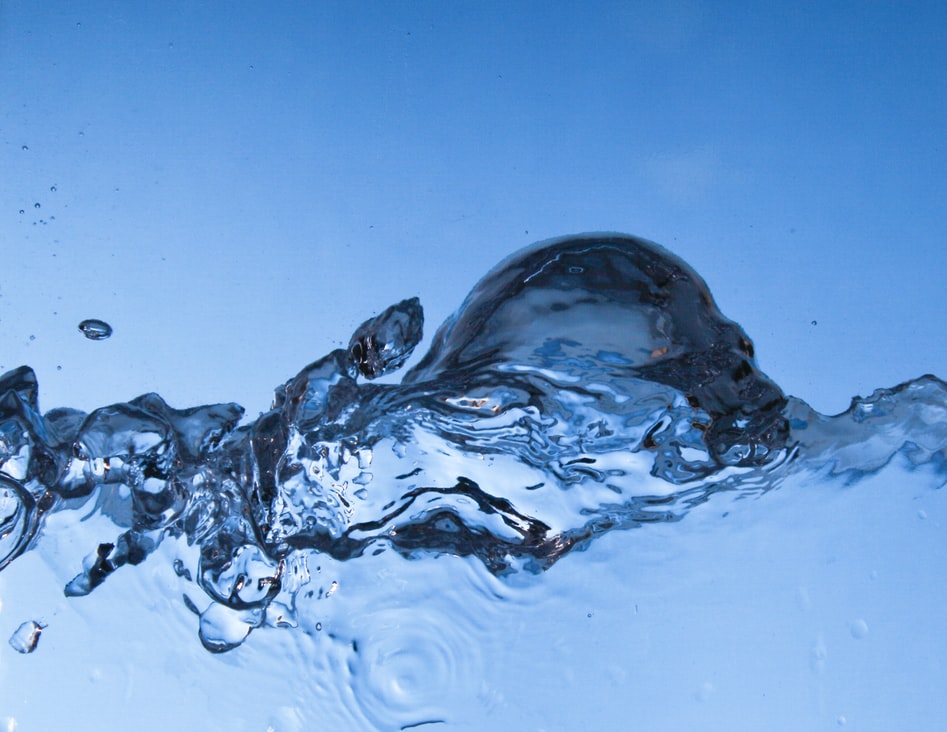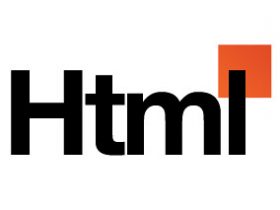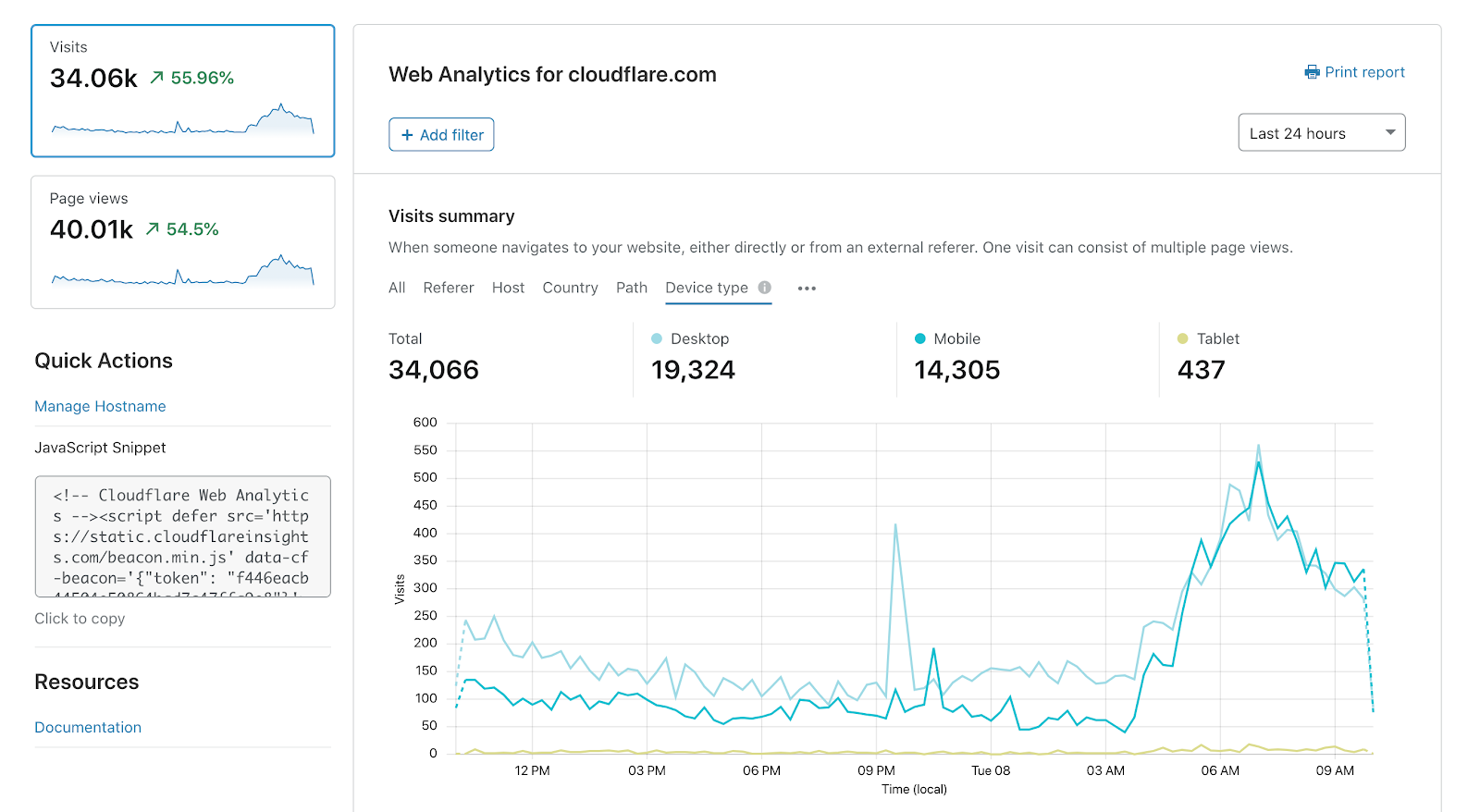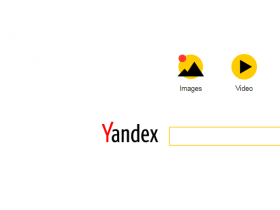Light blue background
The use of light blue as a background is very popular nowadays. This is mostly because it has so many advantages over the other pastel shades. For example, when we see light blue, our brains tend to focus on the details more than the color itself. Thus, having light blue backgrounds are very attractive and effective. We have some basic ideas about how to create them, so let’s get started.
As with most things in the world, technology has helped us make things easier. There are software packages nowadays that can help you create a lovely light blue background with practically no effort on your part. They can even do it for free! Let’s take a look at some of these tools.
Adobe Photoshop has one of the most extensive selections of free image editing tools. It comes with both a brush and a color palette. With this package, you can quickly and easily apply one of the many light blue effects or filters. There is also an option for 3D objects, which will create the effect much better.
Another useful tool is the Paint Bucket, which is used to shade a background. It works well when used with gray, black, or white colors. This effect can be applied to any color in the rainbow by using the hue wheel. Painting a light blue background using this tool is easy and convenient, since you only have to drag and drop the bucket on your chosen image. You can experiment with different color combinations.
One of the most useful tools is the Magic Eraser. It is a device that can be used to create a variety of effects. It is quite powerful and can be used to make shapes and letters. By combining the Eraser with a Brush Stroke, it creates a texture effect. You can also combine it with other tools, such as the Paint Bucket and the Magic Pen to create a collage.

You should start by creating a solid color and then add the transparent bucket to it. This way, all the parts of the scene will be seen at their best. There are two variations of this effect, depending on the color of the background. The first variation is when the blue is mixed with black. The second variation is when the blue is mixed with grey.
This is just a simple tutorial, and there are many more ways to use the blue tool in Photoshop. You can find tutorials in the Photoshop tutorials area. You might also want to download some freebies from Adobe to try out. For example, download a couple of free templates of the light blue background to use as a clipart. Just open them in Photoshop, and experiment with them. You might be surprised by the results!
If you need to change the color of the background when it is already created, you should use the Clip Art option from the Edit menu. Choose the image from your computer and then go to the Properties panel. There you can change the background color to light blue. Or you can even add another color to the background, if you want to.
There are many reasons why you would use the Light Blue background in your image files. It can create a striking effect, especially if you use an image with very dark colors, like black or dark grey. It also has an interesting effect when used in conjunction with other colors. A dark blue background can create a mysterious feel in a photo. If you add other colors to the background, it can also create a sense of depth and space.
So you see that using a blue background in your images really does have many advantages. If you want to create some unusual effect, or you just like the concept of the idea, you should try it. There’s nothing more beautiful than seeing pictures with a background that is deep and dark. I actually quite fond of blue and would get a blue background for most of my images. I’m not the only person that thinks this either. Many artists and designers also use blue for backgrounds.




Leave a Reply